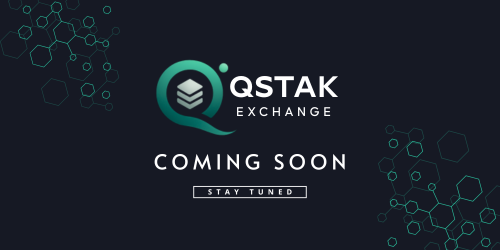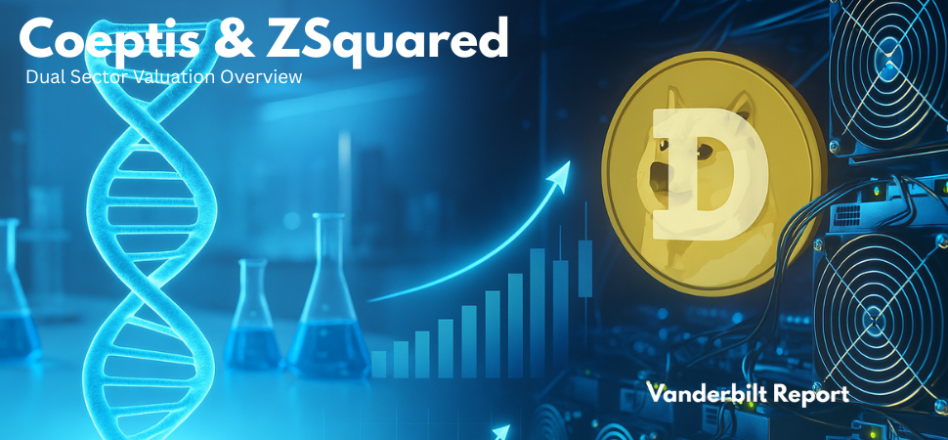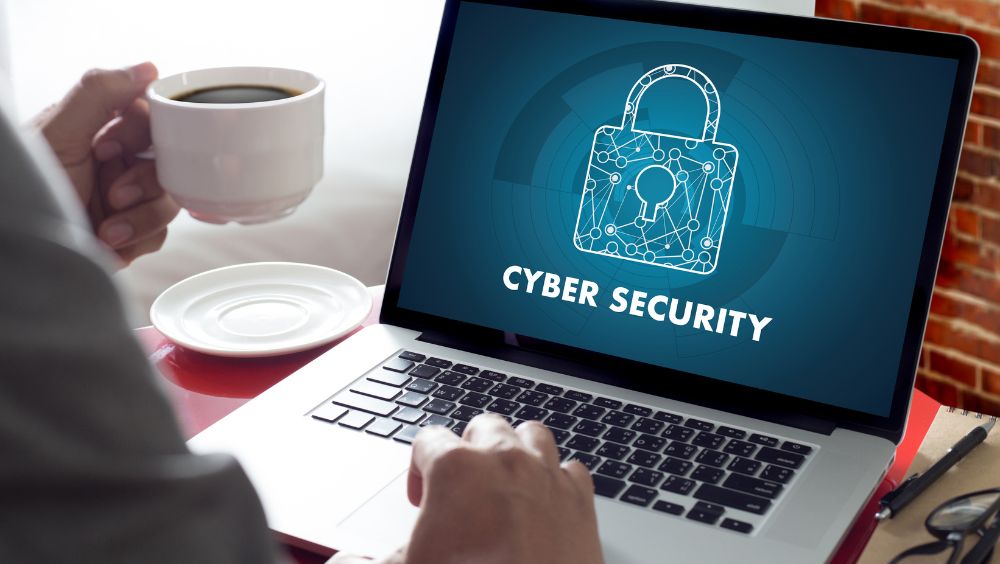Supply Chain Cyberattacks: Vetting Vendors and Real-Time Partner Monitoring

In 2025, supply chain cyberattacks have surged as a critical threat vector for organizations worldwide. Attackers no longer aim only at primary targets but exploit vulnerabilities within suppliers, vendors, or partners connected to the organization. This approach leverages trusted relationships, exploiting the weakest security links to gain unauthorized access to sensitive systems or data. Consequently, safeguarding the supply chain has become a top priority for cybersecurity leadership.
The first step in preventing supply chain attacks is rigorous vendor vetting. Organizations must map their entire supply chain, identifying all vendors, partners, and third parties with access to critical systems or data. Each supplier should be assessed for their cybersecurity posture through questionnaires, on-site audits, and compliance checks against standards like ISO 27001, SOC 2, or NIST frameworks. This comprehensive assessment helps classify vendors by risk level, enabling targeted focus on those posing the highest threat.
Real-time partner monitoring is essential to maintain supply chain security in an evolving threat landscape. Continuous surveillance tools such as Security Information and Event Management (SIEM) systems and Managed Extended Detection and Response (MXDR) platforms provide ongoing visibility into vendor activities, detecting anomalies or breaches as they occur. Monitoring should encompass software integrity checks, access behavior analytics, and vulnerability scanning to quickly identify suspicious actions or compromised third-party components.
Access controls also play a crucial role by enforcing the principle of least privilege—limiting vendor access strictly to the resources necessary for their tasks. Periodic reviews and audits of access rights ensure that permissions stay appropriate over time. Contractual agreements should include clear cybersecurity obligations, incident reporting protocols, and penalties for non-compliance, reinforcing accountability throughout the supply chain.
Collaboration with external cybersecurity experts, such as virtual Chief Information Security Officers (vCISOs) and accredited penetration testers, can significantly enhance the effectiveness of supply chain risk management. These specialists bring strategic oversight, technical assessment capabilities, and incident response planning expertise to help organizations stay ahead of sophisticated supply chain cyber threats.
Ultimately, securing the supply chain is a continuous and collaborative endeavor. By thoroughly vetting vendors and implementing real-time monitoring, organizations can detect threats early, reduce risk exposure, and build resilient ecosystems that withstand emerging cyberattacks. As supply chains become increasingly interconnected and digitalized, proactive defense measures remain essential to preserving operational stability, protecting sensitive data, and maintaining business continuity.








